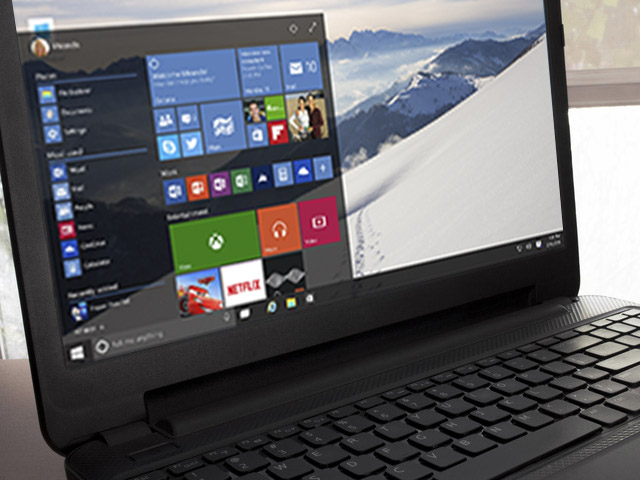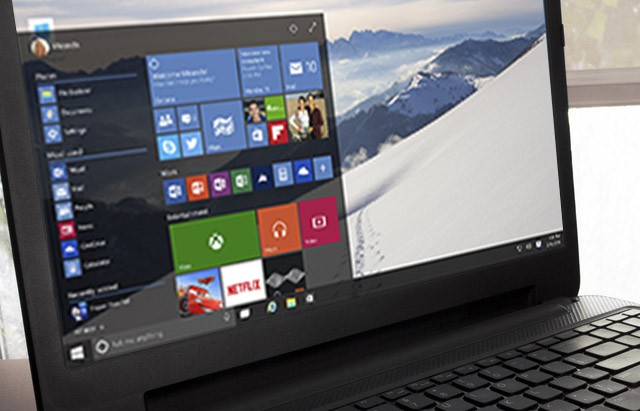What Community Bank IT Administrators Need to Know About Windows 10 Usability and Software Updates

Microsoft appears to be positioning Windows 10 to address the usability concerns many had with Windows 8. In theory, Windows 8 itself could be interpreted as an overreaction to the proliferation of touchscreen devices of the past few years. In an attempt to make Windows 8 an iOS competitor, Microsoft appears to have swung wide by removing the familiar Start menu and focusing more on touch-responsive UI and navigation.
Now, with the reintroduction of the Start button and a sharper focus on usability and navigation with a mouse, perhaps Microsoft can address the issues that made Windows 8 such a jolting transition. The revised Start button will function as a cross between the Start button of Windows 7 and the Start screen of Windows 8. Further, Microsoft appears to be making efforts to ensure that the user experience will be flexible enough to serve the needs of both desktop/laptop and tablet/smartphone users.
Another evolving feature that somewhat bridges the gap between usability and security in Windows 10 is the software update mechanism. Traditionally, Microsoft has provided an intermittent update cycle, through which they professed to not add new features outside of major version updates. In reality, what we have seen over the years was a major version release (Windows XP, 7, 8), and subsequent smaller updates in the form of “R2” releases or Service Packs. Windows 10 looks to introduce a more frequent update schedule that will make use of update “tracks.” This will allow administrators and users to select between a slow update speed and a fast update speed. Users on the fast track will receive updates earlier, and those on the slow track will get updates more slowly. This will bring Microsoft in closer alignment with the faster update schedule of Google Chrome, while still allowing a robust testing base. It should be noted that this paradigm only applies to feature updates. Security updates will still be deployed on a monthly basis, and the existing Microsoft Update system appears to be more or less intact in current preview versions.
Dispelling 5 IT Outsourcing Myths within Financial Institutions
Learn why five of the most commonly believed “facts” about IT outsourcing within community financial institutions are actually myths.



